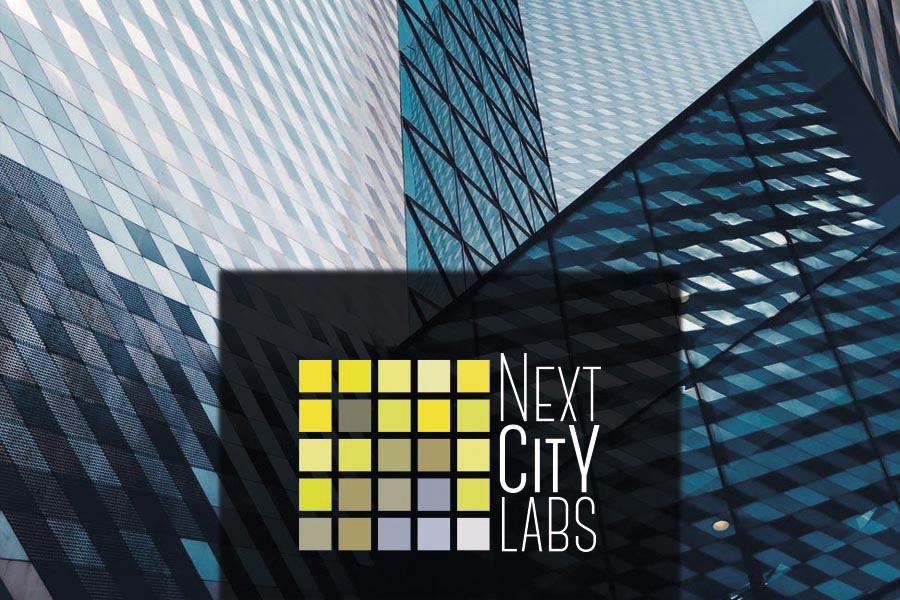ASSOCIATIONS
PARTNERS
Sign up for our newsletter
We promise not to send you spam, only useful information about the industry and/or our products.

Technology
Smart cities are a direct consequence of the need for human beings to communicate and move around.
From street lighting to traffic regulation
to location suggestions in car GPS systems, artificial intelligence joins hyperconnectivity and the internet of things to create a symbiosis never seen before, connecting the different elements that make a city come alive. Shopping, work, leisure, everything is connected and adapted to everyone’s needs to offer a unique experience.
Renewable energies are in charge of moving the new ecosystems.
We are moving towards a different kind of city and therefore experiencing a different life in the connected world. Buildings tend to generate their own energy and are designed to consume few resources and provide an optimal user experience. Functionality, design and energy self-consumption are now the pillars of the new urbanism.
Photovoltaic energy is one of the main drivers of smart cities.
Thanks to the fact that it is inexhaustible, non-polluting, and renewable, it can supply public lighting, the demand for industrial power in the countryside or in the city, and power homes. The advancement of this technology is constant as solar panels are more and more adapted to the urban geometry forming part of buildings on facades, roofs tiles or floors as construction elements. Thanks to IOT connections, the functionality of systems and the distribution of resources in smart buildings can be measured.
ASSOCIATIONS
PARTNERS
Sign up for our newsletter
We promise not to send you spam, only useful information about the industry and/or our products.
© 2021 | Privacy Policy | Cookie Policy
Página web desarrollada por EasyMode Marketing
This website uses cookies so that we can provide you with the best user experience possible. Cookie information is stored in your browser and performs functions such as recognising you when you return to our website and helping our team to understand which sections of the website you find most interesting and useful.
Strictly Necessary Cookie should be enabled at all times so that we can save your preferences for cookie settings.
If you disable this cookie, we will not be able to save your preferences. This means that every time you visit this website you will need to enable or disable cookies again.
More information about our Cookie Policy